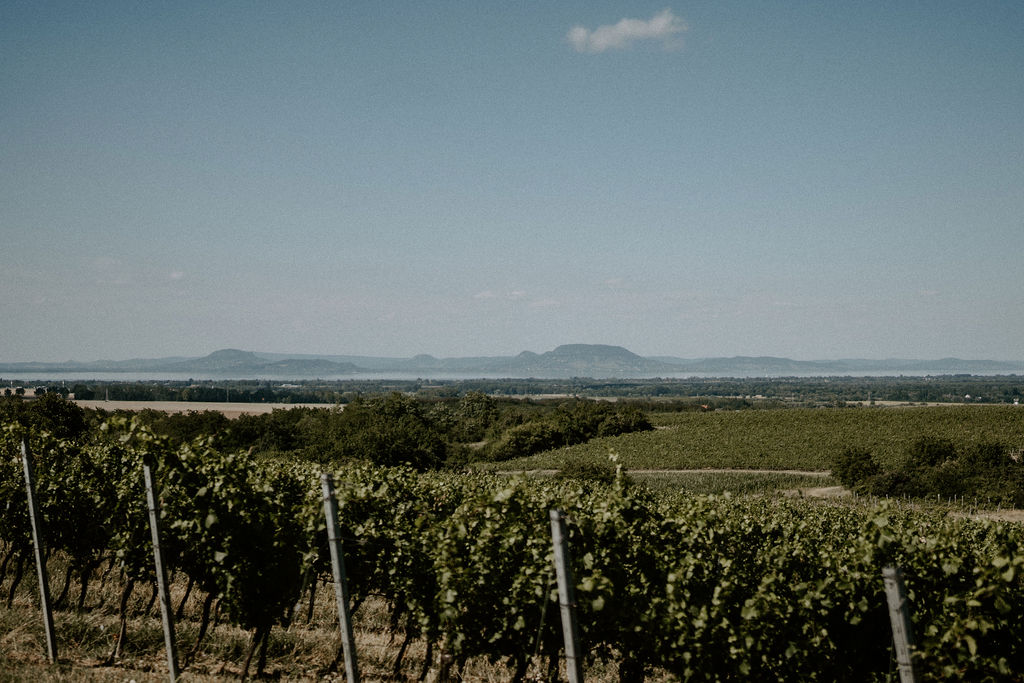Hungary is in such a fortunate position that most of our production areas have developed on volcanic bedrock. Many of our best-known wine regions are located either in part or in their entirety on former volcanic areas. The volcanic activities of millions of years ago, which actually took place in several phases and in various geographical areas, are surface formations “soldered” to our existing mountains.
In the wake of volcanism, “new formations” emerged from the Pannonian Sea, which then covered much of the Carpathian Basin, and which still fundamentally define the topography of the central and north-eastern parts of the country. The former volcanic areas provide very special conditions for their wine regions in their territories, both in terms of topography and exposure, and in terms of the mineral content of the various soils. It is true that the words, “volcanic wines” are used as a collective term to denote the style of wines, however these wines are extremely diverse and vary in style. Due to the fact that the soil composition (due to former volcanic activity) and topography of our different wine regions are very different from each other. For example, in the north-eastern part of the country, in Tokaj, we can distinguish many different soil and rock types within a wine region and even within a vineyard, including andesite, rhyolite, rhyolite tuff, zeolite in the form of hydro quartzite, and we could even list the different soils. Not far from here, also to the north-east, is one of the dominant rock types in the Eger wine region, rhyolite tuff, while in the neighboring Mátra wine region andesite and andesite tuff are the dominant bedrock types.
In the central part of the country, in Transdanubia, on the north-western shore of Lake Balaton, the TANÚ mountains carry-on the memory of the former volcanic activity. The dominant rock type here is basalt, basalt debris, while the neighboring Somló hill is basalt and basalt tuff and basalt tuff debris bedrock. These examples show how diverse soil composition characterizes volcanic areas between neighboring wine regions. Also apparent in these examples is how even within certain wine regions there are large differences in the crop layer, and as a result, wines made from these areas are also very diverse.
Volcanic wines, a term that is often referred to as mineral, is a fairly broad concept and a clear definition does not really exist. Most wines from the volcanic region of Hungary have different mineral and mineral characteristics, but the changing bedrock, mineral content and, last but not least, different climatic factors of these wine regions may give the wine a different character. Each wine region, including areas and vineyards, has its own character, minerality appearing in the wines of certain areas in salty notes, while there are areas where wet stones or steely notes are more at the forefront, while in other wine regions minerality, flint, smoky, oily, salty are manifested together. The wine regions representing the most characteristic, most intense mineral notes are Somló, Tokaj and Badacsony.
The most important Volcanic wine regions of Hungary.
- Tokaj
- Eger
- Mátra
- Badacsony
- Somló
(On the featured photo: Volcanic plateaus of Badacsony and Szent-György Hill next to Balaton by Kristinus Winery)


0 Comments for “Volcanic wines of Hungary”